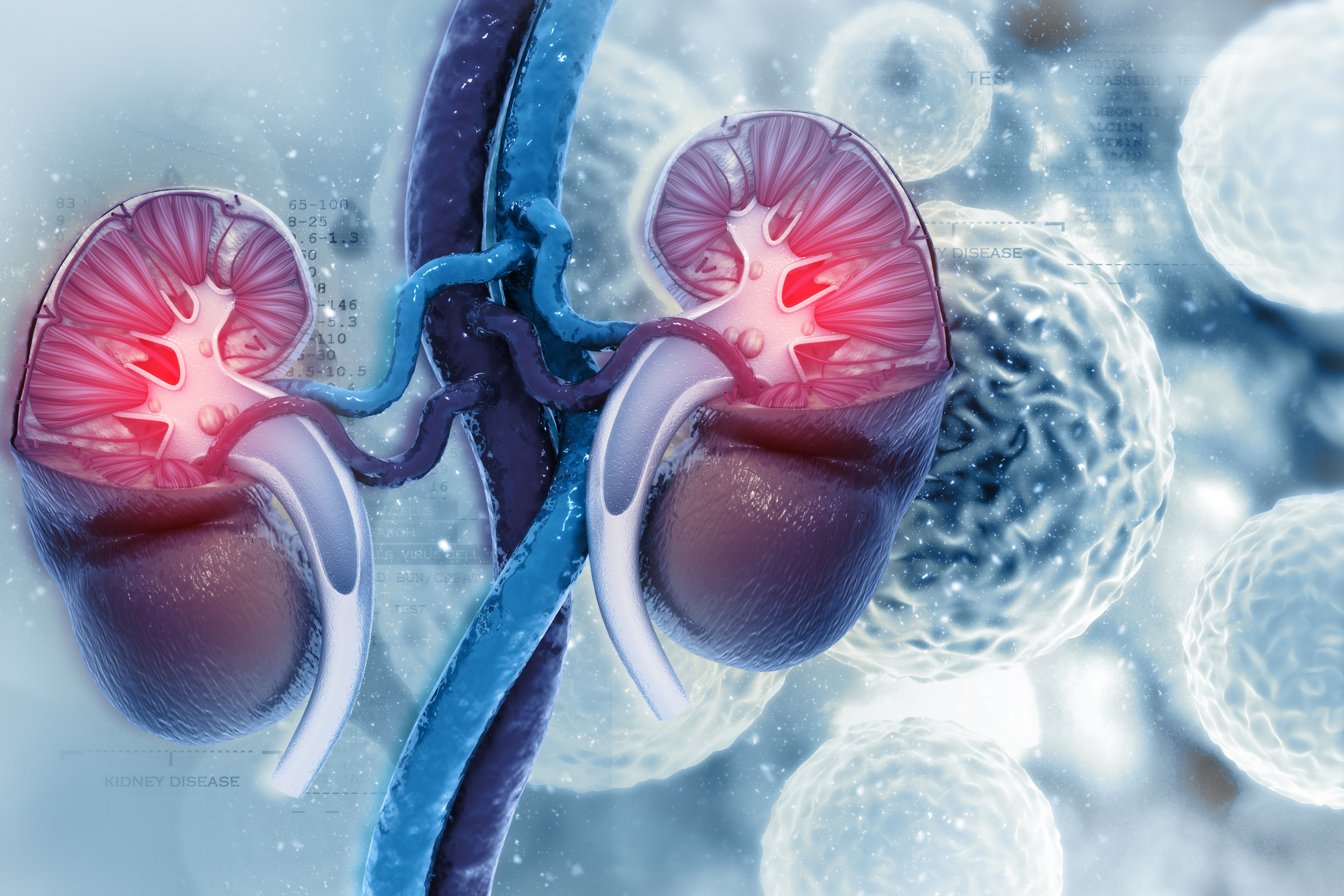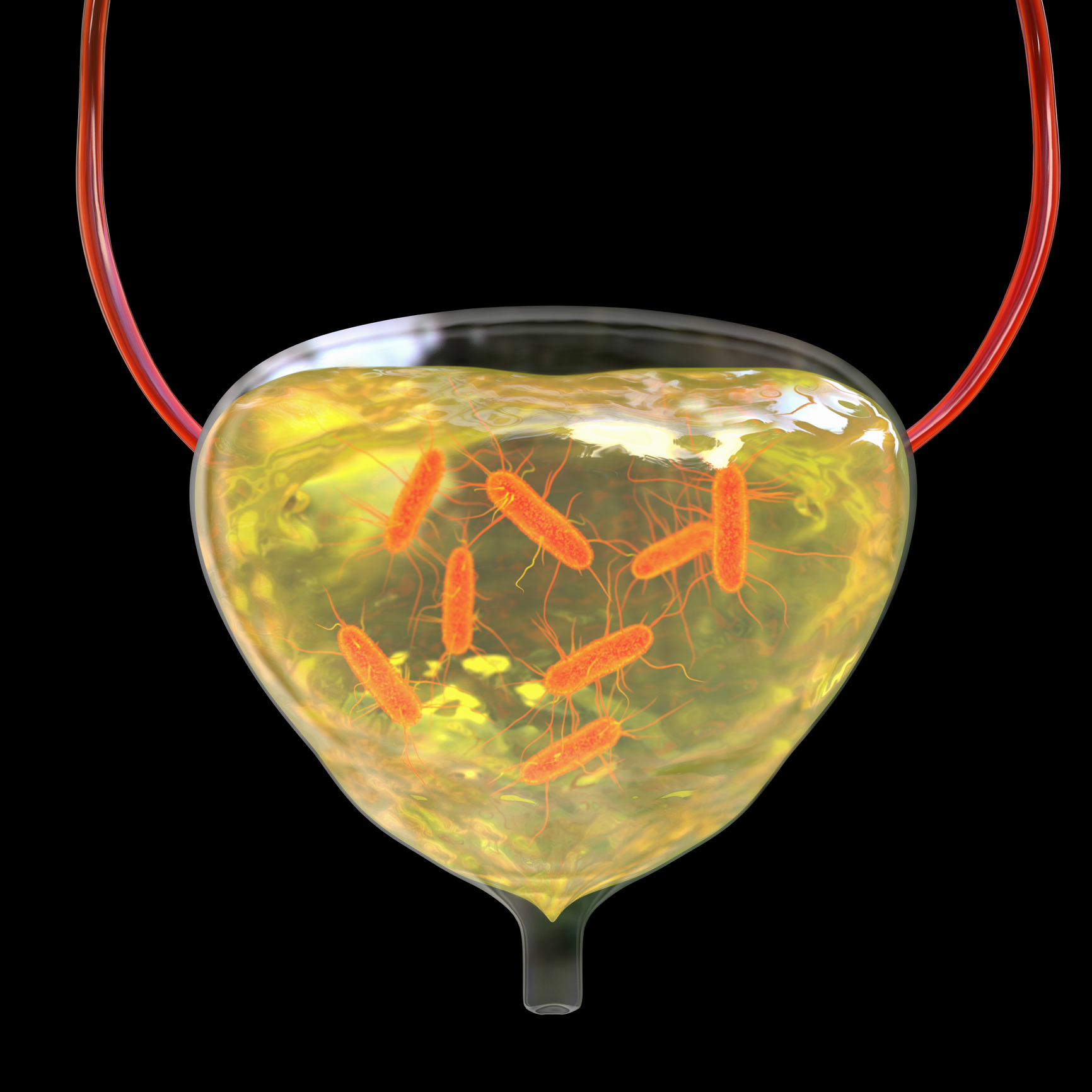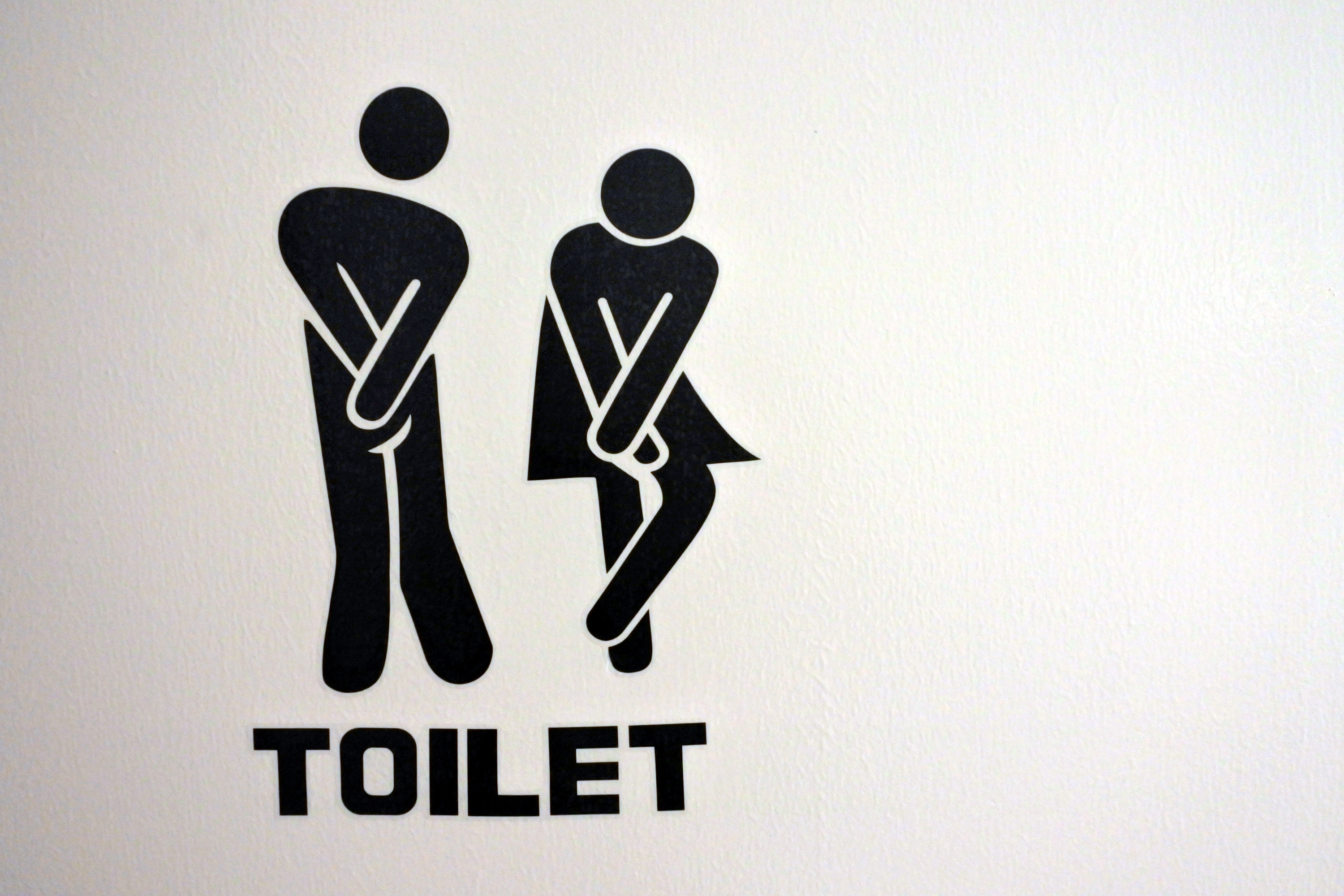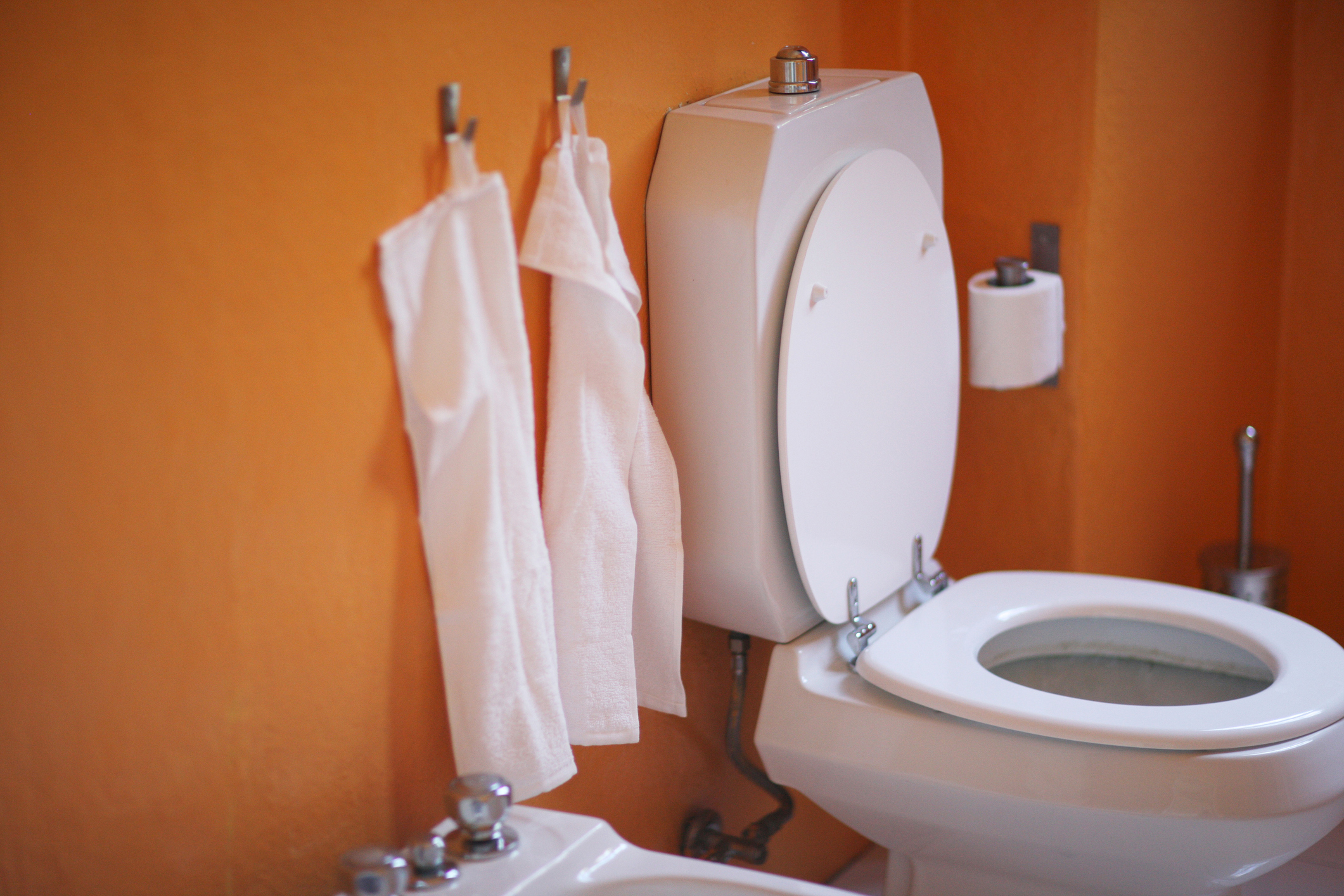- prolekare.cz - Urinary tract infections in children and pregnancy
- prolekare.cz - Urinary tract infections in adolescent girls
- prolekare.cz - Lower and upper urinary tract infections
- prolekare.cz - Inflammatory urinary tract diseases in geriatric population
- prolekare.cz - Lower urinary tract infections in women - options for differentiated treatment and prevention
Urinary tract inflammation: what are its symptoms and causes + Prevention

Bacterial urinary tract infections are among the most common infections in childhood. What are their causes and manifestations?
Most common symptoms
- Malaise
- Right Flank Pain
- Urethral pain
- Lower Abdominal Pain
- Painful urination
- Back Pain
- Frequent urination
- Frequent urge to urinate
- Fever
- Increased body temperature
- Nausea
- Proteinuria
- Blood in the power
- Assisting
- Itching of the vagina
- Dark urine
- Vaginal discharge
- Cloudy urine
- Urinary retention - anuria/retentiveness
Characteristics
A urinary tract infection is defined as the entry of bacteria into the urinary tract (urinary tract or kidneys) that causes an inflammatory reaction. Urinary tract infections are most commonly suffered by children under 1 year of age and people over 65 years of age.
Upper urinary tract infections are particularly common in infants and young children. Urinary tract infections occur in approximately 4 to 7 % of premature infants.
Before the age of one year, boys are 2 times more likely to suffer from urinary tract infections than girls. After the first year of life, the incidence drops to less than 1 % in boys and 3 % in girls.
Approximately 60 % of women suffer from urinary tract infection at least once in their lifetime. The incidence is increased in pregnant women, in women after childbirth and at times of increased sexual activity. The incidence of urinary tract infection increases in both sexes at older ages.
What is the urinary system?
The basic units of the urinary system are:
- Kidneys
The kidneys are paired organs. They are shaped like beans. Their size is about the same as our fist. They are located in the lumbar region. The right kidney lies somewhat lower than the left.

Did you know that...
Approximately 1 litre of blood per minute passes through the kidneys. 600 to 1500 ml of urine is excreted per day.
The functions of the kidneys are listed in the following table
| Endocrine functions | Exocrine function |
|
|
|
|
|
|
- Urinary tract
The ureter is a muscular tube that removes urine from the pelvis of the kidney towards the bladder.
- The urinary bladder
The bladder is a hollow organ. It is located in the front of the small pelvis. It has two functions:
- Storage - the bladder collects urine. After reaching the so-called physiological filling (300-500 ml), a feeling of urge to urinate arises.
- Emptying - complete emptying of the bladder.
- The urethra
- Female urethra - is considerably shorter than the male urethra (3-5 cm). Because women have a shorter urethra than men, they are more susceptible to penetration of bacteria from around the rectum.
- Male urethra - is approximately 24 to 25 cm long.
Did you know that...
Due to anatomical conditions, women are 30 times more likely to suffer from uroinfection than men. Between the ages of 20-50, they are up to 100 times more likely.
Urinary tract infections can be divided into 2 groups according to localization:
- upper urinary tract infections - pyelonephritis (inflammation of the kidneys)
- lower urinary tract infections:
- uncomplicated bladder infections
- urethral infections
- male genital tract infections: prostatitis, epididymitis, testicular inflammation (orchitis)
In terms of course, we divide urinary tract infections into:
- uncomplicated - in adult patients they include episodes of acute cystitis and pyelonephritis
- complicated - this group includes other urinary tract infections. They may have a complicated course or be associated with other diseases (obstructive uropathy, metabolic diseases, immunodeficiency states, systemic diseases)
Causes
Escherichia coli is the most common cause of urinary tract infections (70 to 80%).
Other pathogens include:
- Staphylococcus saprophyticus (5-10%)
- Klebsiella spp. (5%)
- Proteus mirabilis (5%)
- Enterococci (5 %)

Pathogens can enter the urinary tract in 4 ways:
- Haematogenous spread of infection (blood-borne)
Infections in neonates and immunodeficient patients are most commonly spread by this route. Common pathogens include Staphylococcus aureus, Candida species, Salmonella spp. and Mycobacterium tuberculosis. These pathogens spread from a primary site in the human body to other areas.
- Spread of infection through lymphatic vessels
Pathogens spread by this route from the lymphatic ducts of the rectum, oesophagus and peritoneal lymphatic vessels.
- Direct spread from surrounding organs
An example is the direct spread of pathogens from surrounding organs that are affected by severe inflammatory disease (e.g. in cancer patients).
- Entry from the external environment
Bacteria enter the urinary tract mainly from around the external urethral orifice. Women are particularly at risk (shorter urethra, proximity to the vaginal and rectal orifices). The multiplication of bacteria in the urine depends on:
- temperature
- pH
- density
- the chemical composition of the urine
In women, the so-called protective micro-organisms (Lactobacillus) provide protection against bacterial invasion. These are found in the area of the external urethra. In men, a healthy prostate produces a fluid that contains zinc. Zinc has a pronounced antibacterial effect.
- Sexual transmission
In general, there are two groups of sexually transmitted diseases:
- classical - syphilis and gonorrhoea
- various - chlamydia, AIDS, HIV, yeast infections, genital herpes, mycoplasma or ureoplasma
See also:
STDs in summer: what are the dangers of sex tourism?
The most common risk factors for urinary tract infection include:
- urinary outflow disorders - anatomical anomalies, concretions, tumors, prostate adenoma, etc.
- interventions - catheterization or cystoscopy (examination of the urethra and bladder)
- immunosuppressive treatment
- pregnancy
- excessive use of analgesics
- metabolic disorders - diabetes mellitus, hyperuricaemia (increased concentration of uric acid in the blood), hypercalcaemia (increased concentration of calcium in the blood)
- chronic kidney disease
- sexual activity
- insufficient fluid intake
The following table lists risk factors in women
| Young women (before menopause) | Older women (after menopause) |
|
|
|
|
|
|
|
|
Abnormalities in the urinary system contribute to the development of urinary tract inflammation. Such abnormalities include:
- urinary stones
- narrowing of the urethra
- enlarged prostate
- an inserted indwelling catheter
Symptoms
The most common symptoms of urinary tract inflammation include:
- cramps in the lower abdomen
- frequent urge to urinate
- frequent urination of small amounts of urine
- burning, cutting and pain when urinating
- cloudy, smelly or dark urine
- visible blood in the urine
See also:
Frequent urge to urinate: What causes it, colds and illnesses?
Blood in urine. You wouldn't expect this as a symptom of these illnesses
When kidney inflammation occurs, the patient feels symptoms such as:
- Fever
- cloudy, sometimes foul-smelling urine
- pain in the lumbar region or abdomen
- vomiting
- nausea

What are the symptoms of upper urinary tract infection?
Upper urinary tract inflammation (acute pyelonephritis) is a more severe form of infection compared to lower urinary tract inflammation. It can cause scarring of the growing kidney.
Other complications include increased risk of arterial hypertension and chronic renal insufficiency.
The likelihood of these complications is higher in children younger than 2 years.
Typical symptoms of pyelonephritis include:
- fever
- shivering
- chills
- pain in the lumbar region
The symptoms of acute pyelonephritis depend on the age of the patient. The younger the child, the less characteristic the symptoms of the disease. In many cases, the disease proceeds under the image of sepsis.
Sometimes urinary tract inflammation can pass unrecognized under the image of increased body temperature, which is considered a manifestation of a viral infection of the respiratory tract.
The following table lists the symptoms for each age group
| Newborns and young children | Older children |
|
|
|
|
| |
| |
|
How do you know if you have lower urinary tract infection?
Symptoms of lower urinary tract inflammation (cystitis, urethritis) are in most cases local.
The most common symptoms include:
- burning and cutting when urinating
- frequent urination
- feeling of fullness
- pressure or pain in the lower abdomen

Diagnostics
In the history, the doctor focuses on the presence of difficult or painful urination (dysuria), frequent urination (polakisuria), urinary incontinence, the presence of blood in the urine, pain above the clasp, pain in the hip, increased body temperature or fever, odor and turbidity of the urine. In women, the presence of discharge is examined.
Correct collection of urine is important for diagnosis. Incorrect collection of urine causes misdiagnosis and subsequent unnecessary treatment. Urine should be fresh (within 30 minutes of urination). A mean stream of urine is collected.

When examining the urine, we examine:
- physical characteristics (volume, colour, odour, turbidity, specific gravity, osmolality)
- biochemical composition (pH reaction, protein, sugar, ketones, leukocytes, blood, bacteria)
- microscopic sediment
- quantitative assessment
- microbiological and cytological examination
During blood examination, erythrocyte sedimentation rate (FW), C-reactive protein and blood count are monitored. Among imaging methods, sonography of the kidneys and urinary tract is mainly used. The position, shape and size of the kidneys are evaluated.
In some cases, computed tomography (CT) of the kidneys is used. In children, static renal scintigraphy may also be used.
The standard procedure for diagnosing uncomplicated urinary tract infections in children consists of the following steps:
- The presence of a urinary tract infection should be considered as a potential diagnosis in any child with unexplained fever. A CRP value above 20 mg/L is investigated after 6 hours of elevated body temperature.
- In infants and children with unexplained fever greater than 38°C, the urine sample should be examined no later than 24 hours after the rise in body temperature.
- It is recommended to examine the urine specimen with a diagnostic strip. Chemical and microscopic examination of the urine can distinguish urinary tract infection from asymptomatic bacteriuria.
- Before starting antibiotic treatment, a midstream urine sample is taken for microbiological examination. A positive culture result (more than 100,000 colony-forming units in 1 ml of urine) confirms a urinary tract infection. In this case, the physician selects the correct treatment.
Course
Simple urinary tract inflammation is easily managed. With proper diagnosis and treatment, it requires 5-10 days of incapacity for work. Appropriate treatment and follow-up of the patient reduces the possibility of recurrence of the disease.
Any recurrence of inflammation requires a comprehensive diagnosis to determine the exact cause of the infection.
Chronic inflammation or frequently recurring inflammation that arises as a consequence of a primary disease (urinary tract, gynaecological or surgical disease, post-traumatic condition, neurological disease).
In most cases, it causes a reduced quality of life for the patient.
What guidelines should we follow after a urinary tract infection?
After overcoming urinary tract inflammation, it is important to observe strict personal hygiene. It is necessary to learn the rules of proper wiping after using the toilet. The next step should be to pay attention to hygiene during sexual intercourse.
When bathing in nature and swimming pools, it is recommended to empty the bladder before and after bathing.
We should follow a drinking regime throughout the day. Protect ourselves from colds by choosing appropriate clothing.
What is the prevention?
To avoid developing urinary tract infection, it is recommended to follow 7 basic rules:
- Do not hold back urine
As a general rule, you should urinate at least once every 3 hours. Frequent urination helps flush bacteria out of the urinary tract.
- Drink plenty of fluids
It is recommended to drink 1 litre of fluid in the morning and 1 litre of fluid in the afternoon. In hot weather, fluid intake should be increased. Plain water, mineral water or unsweetened teas are considered the most suitable fluids. Inappropriate drinks include alcohol and caffeinated drinks. These can irritate the bladder.
- Do not wear tight underwear
This rule is especially true for women. They want to please men and in many cases wear tango panties. By rubbing, bacteria are transferred from the rectal area to the urinary system. In this case, it is then literally true that for beauty a man suffers.
- Do not use perfumed intimate hygiene products.
Scented toilet paper or pads smell nice, but are not suitable for intimate hygiene. Nor is conventional soap suitable for the intimate parts. It is recommended to use water or special gels for washing.
- Proper use of toilet paper
Use toilet paper from front to back, never the other way round. This will reduce the risk of bacteria being transferred from the anus to the urethra.
- Follow the hygiene guidelines for sexual intercourse
During sexual intercourse, bacteria can easily enter the urethra, which then causes a problem, especially for women. For this reason, you should pee before and after intercourse to get rid of bacteria. In addition to using the toilet, you should take a shower before and after intercourse. As they say... Sure thing.
- Take probiotics
Include yogurt, kefir, sauerkraut, tempeh and cranberries in your diet.
How it is treated: Inflammation of the urinary tract
Treatment of urinary tract inflammation: drugs, antibiotics and others
Show moreInflammation of the urinary tract is treated by
Other names
Interesting resources










